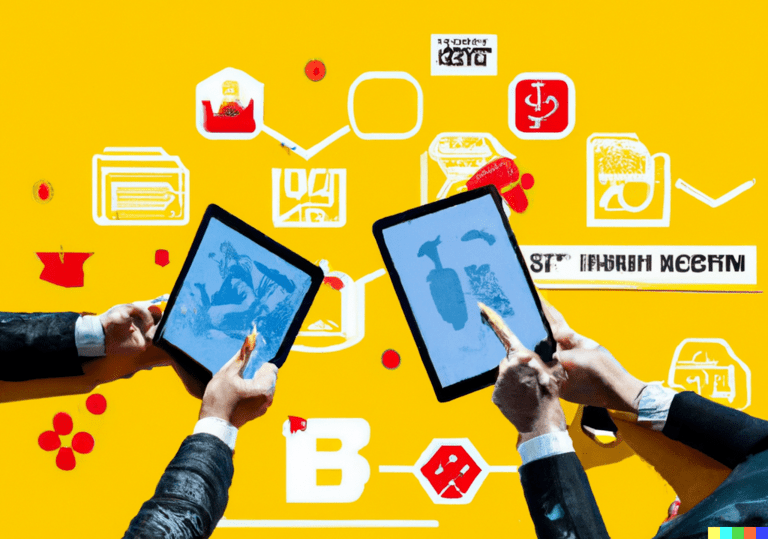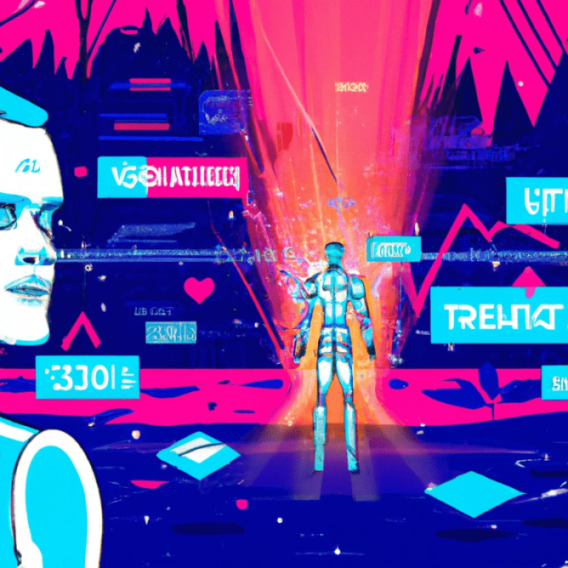
SaaS Marketers, Are You Ignoring the Metrics That Matter for Profitability?

While SaaS marketing teams typically focus on top-of-funnel metrics such as website traffic and lead generation, it’s important to also consider the bottom-of-funnel metrics that directly impact revenue and SaaS profitability. These metrics include customer acquisition cost (CAC), customer lifetime value (CLTV), and payback period. By understanding and optimizing these metrics, SaaS companies can achieve sustainable growth and profitability.
As a SaaS marketer, it’s critical to understand the financial metrics that drive your company’s success. While top-of-funnel metrics like website traffic and lead generation are important, you also need to pay attention to bottom-of-funnel metrics that impact your company’s profitability. In fact, ignoring these metrics could put your company’s financial health at risk.
Key metrics to track for SaaS profitability:
- Customer Acquisition Cost (CAC) Your CAC is the cost of acquiring a new customer. According to ProfitWell, the average CAC for a SaaS company is $1.18, but this can vary depending on your industry and business model. To optimize your CAC, focus on attracting high-quality leads and reducing sales and marketing costs.
- Customer Lifetime Value (CLTV) Your CLTV is the total value a customer brings to your company over their lifetime. According to HubSpot, the average CLTV for a SaaS company is $3,000, but this can also vary depending on your industry and business model. To increase CLTV, focus on providing excellent customer service and delivering value through your product.
- Payback Period Your payback period is how long it takes to recoup the cost of acquiring a new customer. According to OpenView, the average payback period for a SaaS company is 12 months. To reduce payback period, focus on improving your sales process and increasing customer retention.
By the way, HubSpot offers a free tool that can assist you in assessing various SaaS retention techniques. This tool enables you to calculate and evaluate important metrics such as customer retention rate, customer lifetime value, net promoter score, and churn rates.
The relationship between marketing and finance departments is critical to optimizing SaaS profitability. According to a study by Gartner, by 2025, “90% of marketing organizations will collaborate closely with finance to connect their activities to financial outcomes.” By working together, marketing and finance teams can ensure that they’re measuring the right metrics and driving sustainable growth and profitability.
Here are some other statistics that highlight the importance of this relationship:
- 65% of CFOs say that marketing is a key strategic partner in achieving growth and profitability, according to a study by Deloitte.
- Companies that align their sales and marketing teams achieve 36% higher customer retention rates and 38% higher sales win rates, according to a study by Marketing Profit.
- Companies that adopt a data-driven approach to marketing and sales achieve 19% faster revenue growth and 15% higher profitability, according to a study by McKinsey.
By tracking and optimizing these metrics, SaaS companies can achieve sustainable growth and profitability. Don’t ignore the metrics that matter – focus on SaaS profitability to ensure the long-term success of your company.

Silos Mentality Reduction
Achieving perfect SaaS profitability requires a holistic approach that involves all departments of a company. The success of a SaaS company is not just the responsibility of the marketing department or the finance department; it requires collaboration and alignment between different departments to optimize the key metrics that drive profitability. Here are some steps that SaaS companies can take to achieve perfect SaaS profitability:
Establish clear goals and KPIs: The first step to achieving perfect SaaS profitability is to establish clear goals and key performance indicators (KPIs) for each department. For marketing, this could mean focusing on lead quality instead of lead quantity, while for finance, this could mean optimizing revenue and profit margins. Having clear goals and KPIs will help each department focus on the metrics that drive profitability.
Promote cross-functional collaboration:
To optimize the key metrics that drive profitability, it’s essential for different departments to work together. For example, marketing and sales teams should work together to attract high-quality leads that are more likely to convert, while finance and customer success teams should work together to optimize customer retention and CLTV.
Leverage data to make informed decisions:
A data-driven approach to decision-making is essential for achieving perfect SaaS profitability. By analyzing data, SaaS companies can identify trends, optimize processes, and make informed decisions that drive profitability. For example, by analyzing customer data, companies can identify which customer segments are most profitable and focus on acquiring more customers like them.
Focus on customer success:
A focus on customer success is critical for achieving perfect SaaS profitability. By delivering value to customers, companies can increase customer retention, CLTV, and reduce churn rates. To achieve this, SaaS companies should prioritize customer service, respond to customer feedback, and continually improve their product to meet the needs of their customers.
Invest in employee training and development:
To achieve perfect SaaS profitability, it’s essential to invest in the development of employees in each department. By providing training and development opportunities, companies can empower employees to make informed decisions, optimize processes, and drive profitability.
In summary, achieving perfect SaaS profitability requires a collaborative effort between all departments of a company. By establishing clear goals and KPIs, promoting cross-functional collaboration, leveraging data, focusing on customer success, and investing in employee training and development, SaaS companies can optimize the key metrics that drive profitability and achieve long-term success.
To learn more about achieving perfect SaaS profitability, get in touch with our team today. Let us help you unlock the full potential of your SaaS business!




 Optimize for mobile:
Optimize for mobile:








